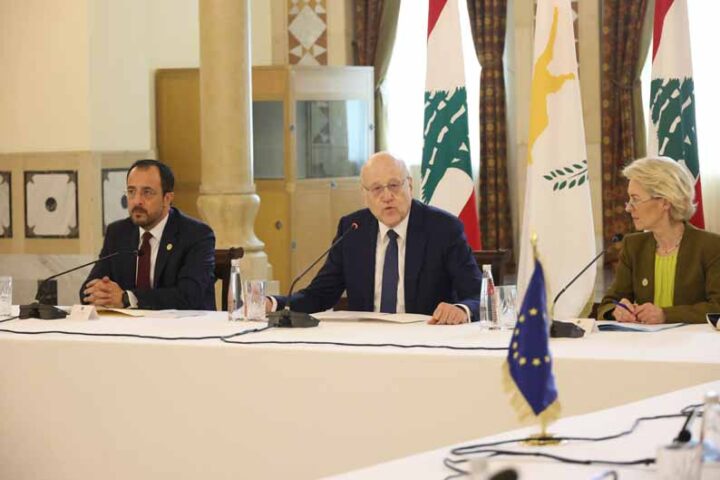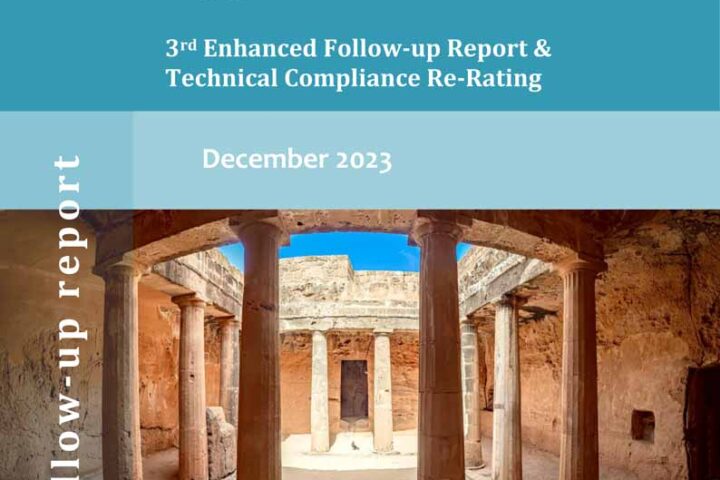The EuroAsia Interconnector, the Israel-Cyprus-Greece electricity link remains on the official list of European projects of common interest (PCI) making it eligible to receive some €300 mln in EU grants for the Crete-Attica sector of the cable.
In its ‘Enhanced Surveillance Report for Greece’ (June 2019), the European Commission gave its backing to the project, saying that despite the uncertainty created by the new ‘national’ competitive project declared by Greek transmission operator ADMIE, the “overall project” EuroAsia Interconnector “remains on the list of Projects of Common Interest.”
This means that until the fourth Union List is announced some time in November, only the EuroAsia cable is recognised as a PCI project, allowing it to tap into EU funds from the ‘Connecting Europe Facility’ and lower-cost borrowing from EU institutions, such as the European Investment Bank or the European Bank for Reconstruction and Development (EBRD).
Any similar project cannot be described as a PCI and is not eligible to funding from CEF.
The Commission urged the Greek authorities to reconsider plans to go ahead with a national project on the Crete-Attica section, and that if the Greek authorities were to “support the PCI status of the project beyond 2019”, then the project, and specifically the PCI 3.10.3 Crete-Attica interconnector would “take full advantage” of the economic benefits.
Greece faces the possibility of harsh penalties through an ‘infringement’ process imposed by Brussels for breaking all past agreements and allowing high-emission and outdated diesel power stations in Crete to remain operational.
It also exposes Cyprus to energy isolation risks, as in 2011 when the EAC power station was decimated by a nearby military base explosion, sending the island into darkness for months on end.
The EuroAsia Interconnector issued an announcement on Wednesday welcoming the EC report and said it remains committed to the timely implementation of the project, as submitted to the Commission, with the Crete-Attica interconnector (PCI 3.10.3) commissioned in June 2022 ending the energy isolation of Crete.
It added that the Crete-Cyprus Interconnector (PCI 3.10.2) would be commissioned in December 2023, ending the energy isolation of Cyprus, the last EU member state not interconnected to the European electricity grid.
The Greek government caused a stir last year when it changed its mind and dropped its support for the Crete-Attica section of the project.
Greece’s Ministry of Energy awarding the contract to build the cable directly to Chinese-controlled ADMIE and its subsidiary Ariadne Interconnection, claiming it was in the nation’s interest, even though the new ‘national’ project will take at least 12 more months to build and will burden Greek taxpayers with a further €450 mln.
Ariadne is still in the pre-tendering process and is highly unlikely to meet the June 2022 deadline set by EuroAsia, which has completed all tendering rounds and is ready to award the project for the entire project of four converter stations and a 1,000 MW cable very soon.
EuroAsia officials have signed a 33-year land lease for the site of the first converter station that will be built in Kofinou, paving the way for construction to begin.
The company is also believed to be in the final stages of securing similar rights for the Korakia site of the Crete converter station, while local communities are up in arms over ADMIE’s insistence to build its own converter station at Damasta, a historic community that sacrificed scores of villagers during Germany’s occupation of Greece in WWII.
EuroAsia was also reported in the Greek press as having secured conditional approval of its environmental impact study for the cable route and converter station in mainland Attica.







